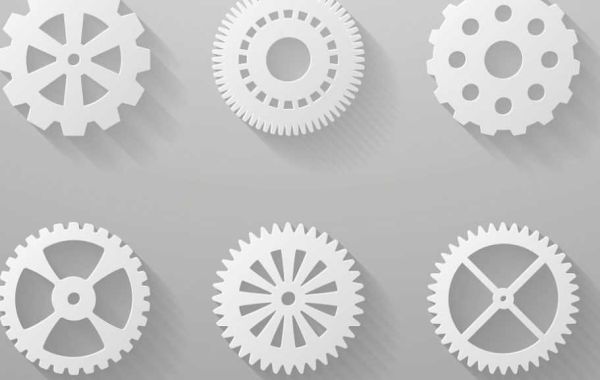Although nylon can be machined with great versatility using CNC, there are certain drawbacks. You can design parts that are manufactured and steer clear of potential issues during the machining process by being aware of these limitations. Some important design factors are as follows:
Geometry:
- Sharp angles and corners: Sharp internal corners can be difficult to reach with standard cutting tools, which can result in weak areas or a surface that is not well-finished. Consider using different designs or rounded fillets to improve manufacturability.
- Thin walls and sections: Errors could arise from vibrations and deflections caused by excessively thin walls during machining. Wall thicknesses larger than four times the tool diameter should be the goal for optimal outcomes.
- Large flat surfaces: Nylon may slightly warp during machining as internal stresses are released. Big flat sections could be reinforced with ribs or split into smaller panels.
- Internal features and undercuts: Because nylon lacks some of the metal's hardness, internal features with undercuts are challenging to machine. Make sure there is sufficient tool access for clean material removal and stay away from sharp edges.
Tooling and Machining:
- Deep cuts and high feed rates: Adopting aggressive machining parameters could cause the tool to deflect or overheat, and deteriorate the nylon. Consider your coolant options and maintain moderate feed rates for deeper cuts.
- Tool reach and access: Complex geometries with limited tool access could call for extra setups or specialized equipment, adding to the cost and time of production. Choose simpler designs that are simpler to work with using end mills and standard drills.
- Tool types and materials: For optimal cutting and finishing, some types of nylon may require specific tool types, like diamond-coated bits. Discuss recommended tooling with your CNC machining shop in light of the nylon you have chosen.
Material Properties:
- Strength and stiffness: Although nylon is strong, it is not as strong as some metals. Design your parts with enough wall thickness and support features to withstand anticipated loads and stresses.
- Thermal expansion and contraction: Nylon expands and contracts in response to temperature changes. When designing for applications where temperature swings are significant, especially for close-fitting parts, keep this in mind.
- Dimensional stability: Nylon's ability to absorb moisture may result in slight dimensional changes. Consider loose tolerances and allow for potential variations resulting from outside influences whenever possible.







